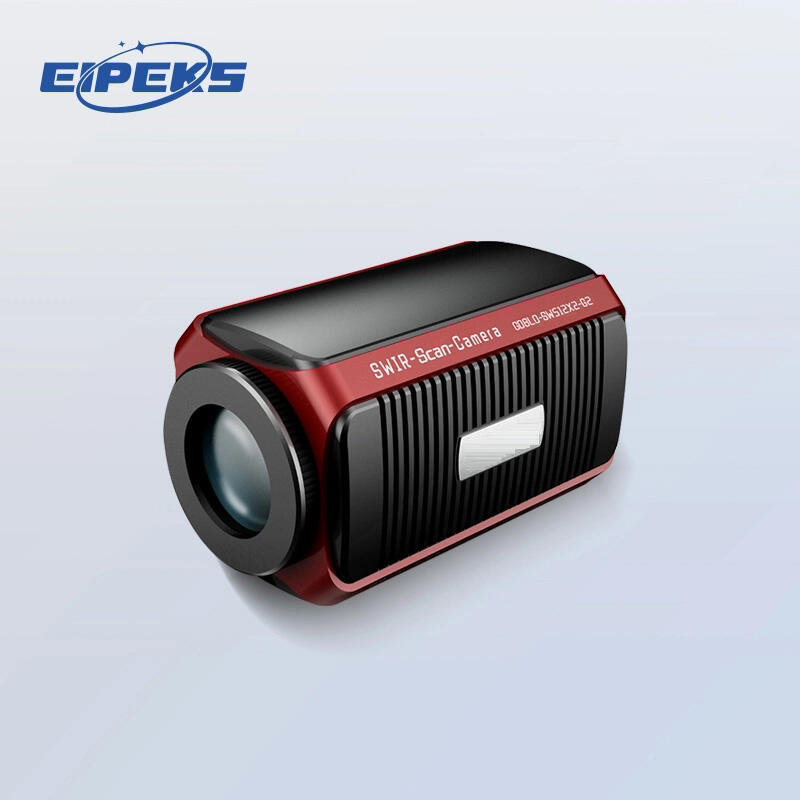Focal Plane Camera (DFA) Pinhole camera: An uncommon type of pin-hole you can use to merge and xpress very specific, highly controlled photographs. Photographers take pretty pictures with the cameras, but so too do scientists who use them to examine our world. For example, using a focal plane camera can take pictures of things far away or small that we would not be able to see with the naked eye. In other words, they show us things we might not otherwise identify.
One advantage of being focal plane cameras, they can be used with a lot of flexibility. For taking great pictures of wild animals in their natural habitat, some photographers use it. Some might use these cameras to film the skies, and wonder at stars or planets--or even our galaxy. Biologists are all for them, we use avatars and think they're really useful … With the naked eye we are incapable of seeing such minute things, but using Newtonian telescopes they can work out an extremely complex composition and with a focal plane camera that would study minuscule matters like cells or bacteria. It also shows the world observed and pictures of such galaxies that's gives a Theoretical ideas about my universe.

But how exactly does a focal plane camera operate? First off we have a focal plane camera which captures light as it enters through the lens (the glass thing at the front of all cameras). In this way, when the light gets in it is directed onto a certain component so called sensor. It has optimum quality rectangular sensor that is many small dots called pixel. These pixels are essentially important as they convert light into an electrical signal. It is used a kind of signal that the camera decodes and then makes an image. The signal is then an image we can render on a monitor or print to paper.

You may have heard the term "demystified." Means Making something simpler Focal plane cameras have a lot going on so they can seem intimidating. However, when you break it down into its moving parts each part is actually not that complex. Focal plane camera is one kind of a point and shoot. The main difference is that instead of instantaneously turning the light on and off for 1/500th a second or whatever, it captures the time period (placed in to settings) when varying intensity light hits this sillicon sensor during one trigger. This signal is then translated into a image that we can see and admire.

Focal Plane Camera — What made it best for Picture Taking The most obvious benefit is that it provides high-resolution images of even the most distant or smallest objects. You could, for example take a photo of an small insect with one that has focal plane and it would capture all parts wings the different in body. Because of that and the fact these cameras take images so sharp your photos come out looking stunningly professional. Some focal plane cameras are also commonly used in scientific research. In science these cameras are crucial to capture extremely detailed and precise images of things like cells or bacteria.
We are a business which is committed the Optoelectronics a field. We a business excels in every aspect of work. From cutting-edge R&D to high-end focal plane camera, our expertise is apparent.
Our company has a focal plane cameracapability in research an development that allows products that are leading in market when it is about performance and usability.
Our expertise customization ensures that client receives an focal plane camera solution that best suits the needs of their clients.
offer one-stop services including function customization parameters, function customization, production manufacturing, sample testing well as product certification, packaging focal plane camera.